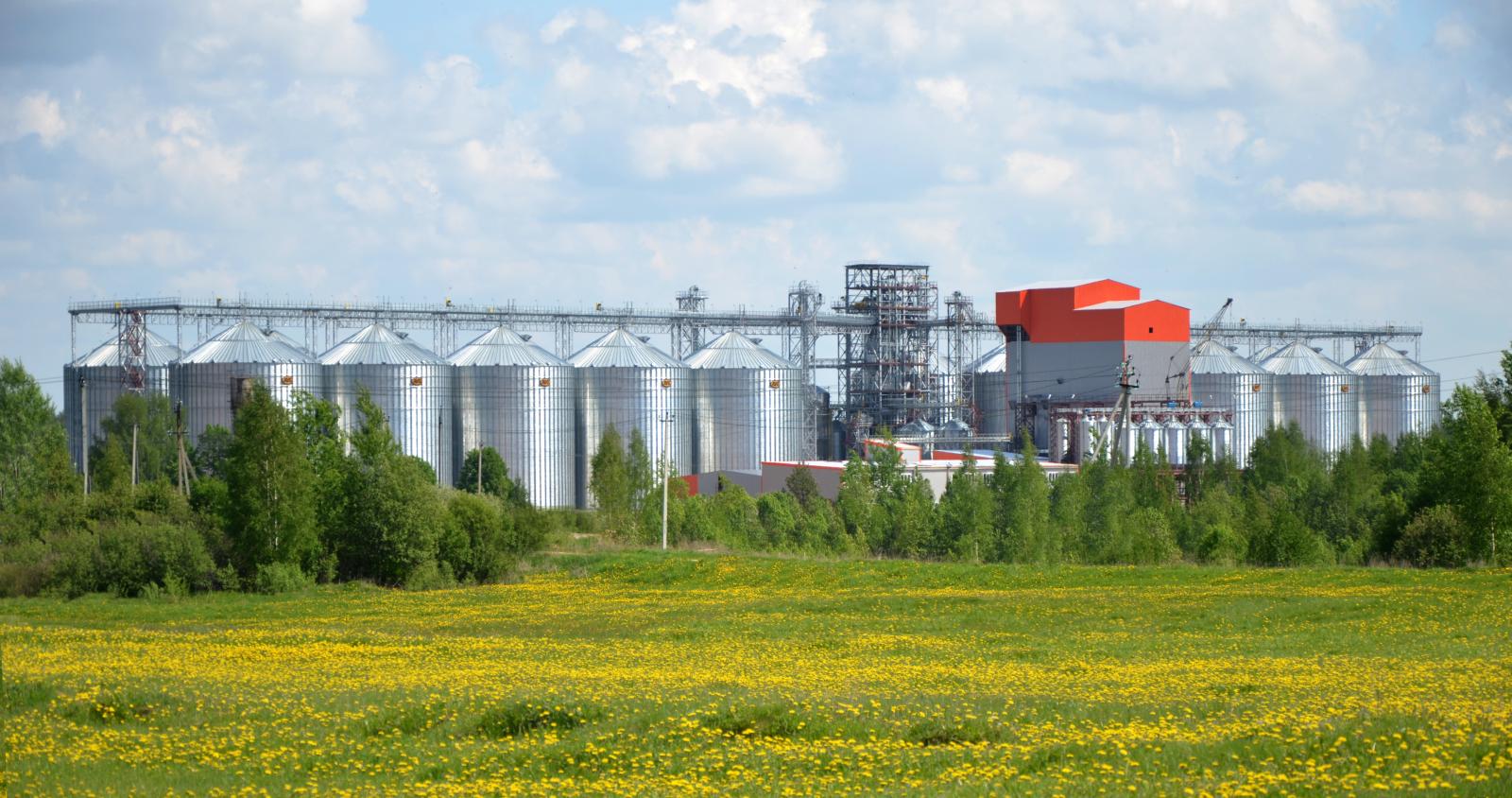Corn is counted when you get a harvest at the level of 10 t/ha - agrarian

No one has a great desire to earn 90 cents from an invested dollar on corn. Aivaras Abromavychus, co-owner of the Agro-Region holding, said this in an interview on Latifundist.com, writes Kurkul.com.
Last year, the holding planted almost 16,000 hectares with corn, this year it will be less than 5,000 hectares. By reducing the share of corn, they plan to increase the area of soybean and sunflower crops.
As Aivaras Abromavychus noted, profits on corn are calculated when the yield is at least 10 t/ha.
"When you get a harvest at the level of 10 t/ha, you can put up with it. But no one can guarantee such numbers every year. And no one has a great desire to earn 90 cents from an invested dollar," explained the agrarian.
In addition, according to him, when growing cheap crops such as corn and wheat, there are always high logistical costs and corresponding risks. In these crops, logistics costs can reach 50% of the final sale price. While logistics costs for soybeans or rapeseed on the same route are 25% of the final price.
"Although we are still looking at corn - cautiously, but positively. In other words, we remain "corn farmers" in our hearts. By the way, in two out of three regions of Ukraine, where we are engaged in agriculture, the level of soil moisture is now at a record level for the past 18 years. So we hope everything will be fine with corn next season as well," added Aivaras Abromavicius.
The agriculturist assures that soy and rapeseed have their own risks.
"With rapeseed, for example, it was not love at first sight." Seven years ago, when we started growing it, the result did not impress us and did not give us high hopes. But last year the picture was already completely different — both the yield, and the price, and the final result. Everything is relative," explained the co-owner of the holding.
Regarding alternative crops, such as, for example, sugar beet, the farmer is cautious.
"Beets were looked at closely. They even planned to sow up to 1,000 ha with it and grow it according to the Davalnytskyi scheme. But in the end they held back. It turned out that there are problems with the sale of sugar. Potential buyers in Poland and Lithuania refused to sign forward contacts, or agreed on the terms of a predatory discount. And now, looking at the restrictions on the import of Ukrainian sugar to the European Union, we see that they were not mistaken," Aivaras Abromavychus shared.
In his opinion, the sugar market is very volatile. Just like, for example, the buckwheat or onion market. Therefore, it is quite difficult to adapt to these cultures.
